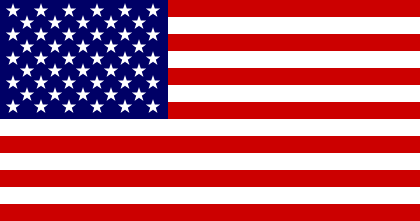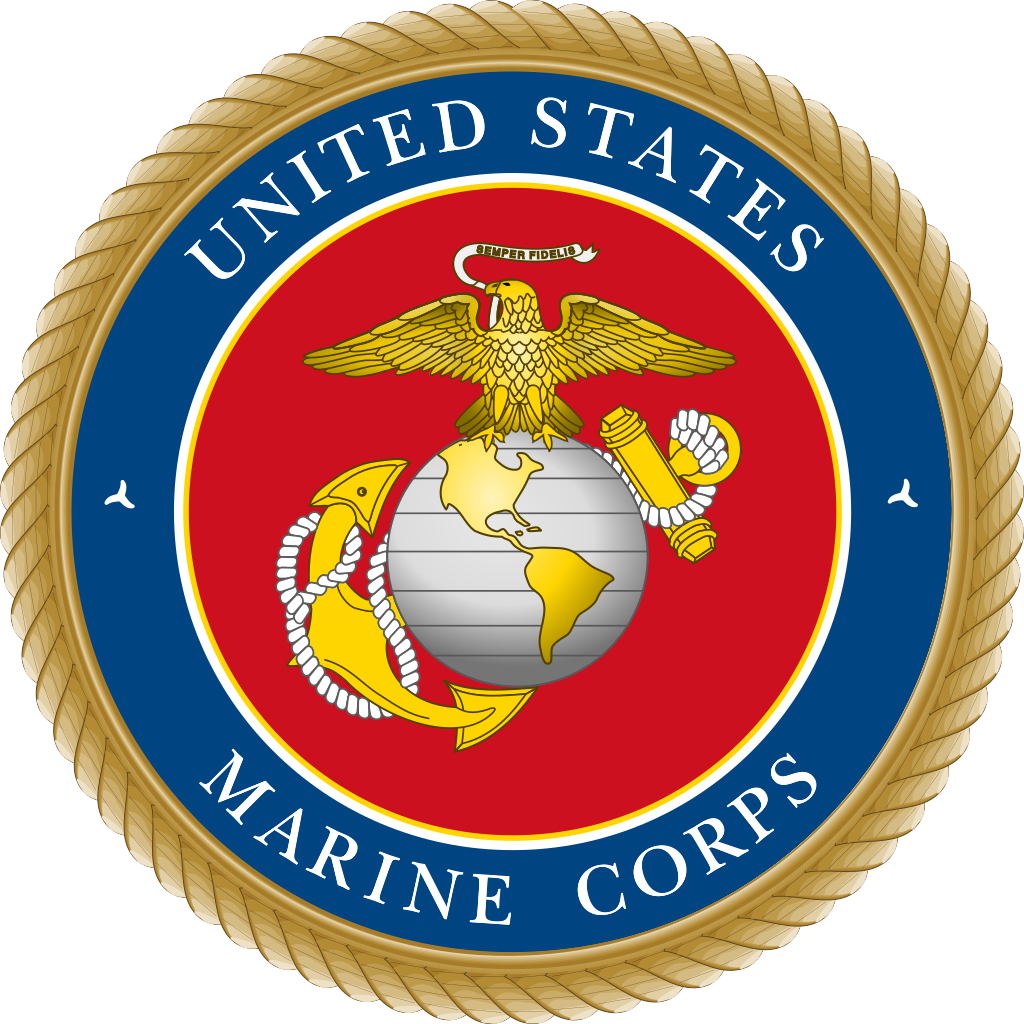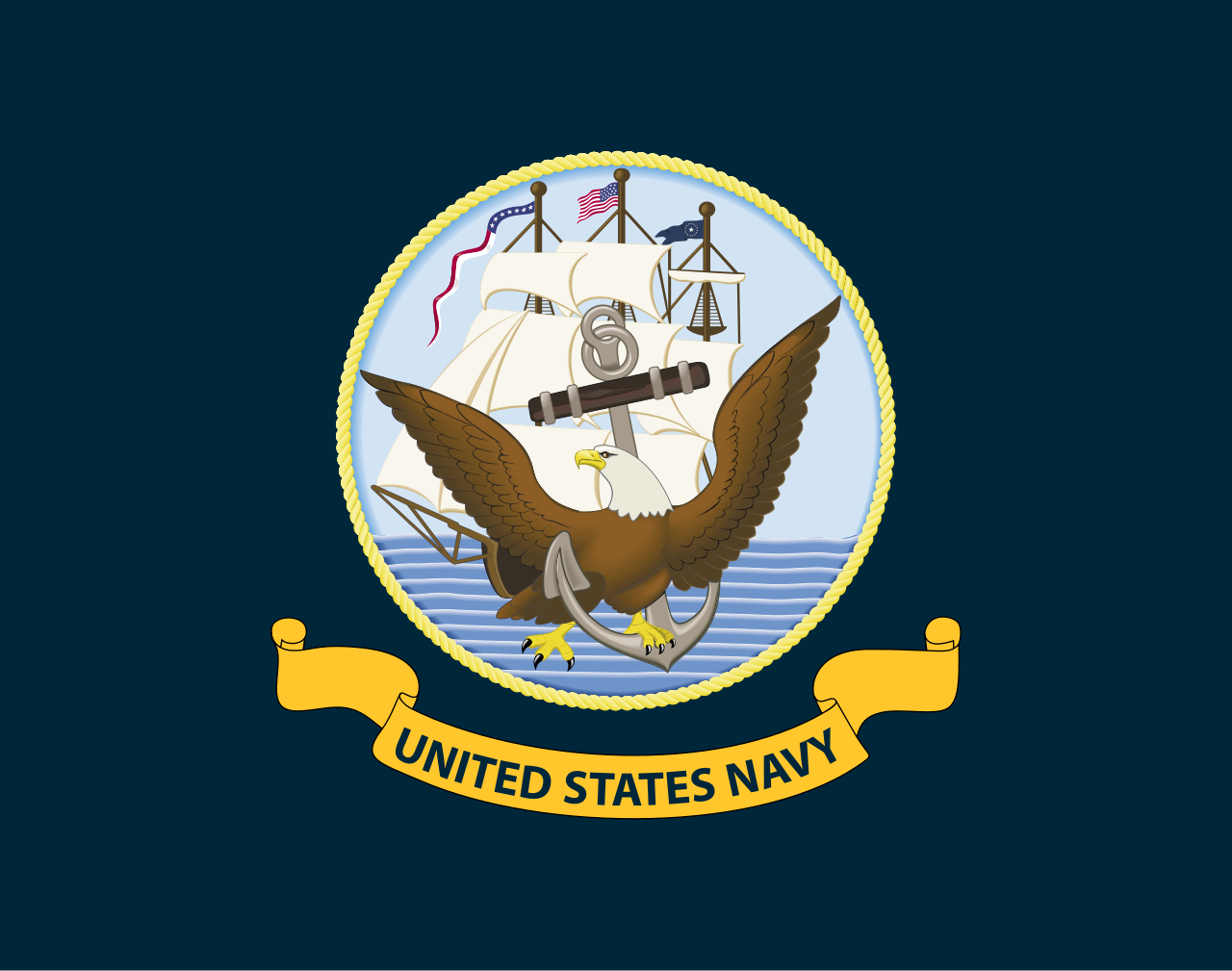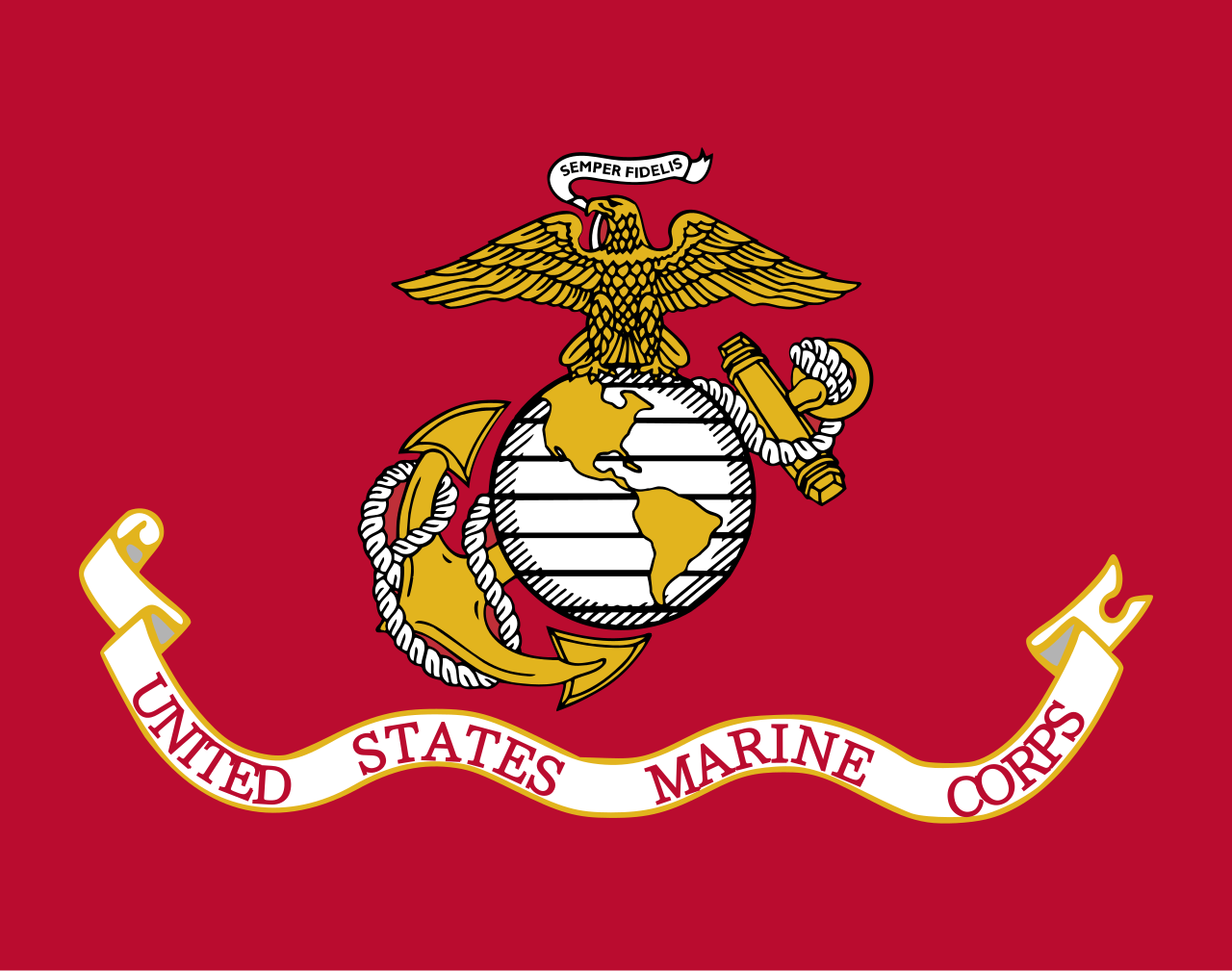- Jul 12, 2018
- 10,492

|
OPERATION LEAPFROG |
TOP SECRET |

| 
NAVY DEPLOYMENT | 
|
|
CARRIER STRIKE GROUP ONE
Rear Admiral Edmund J. Nelson
Rear Admiral Edmund J. Nelson
| SHIP CLASS | VESSEL | COMPLIMENT | HOME PORT |
| Enterprise-class Aircraft Carrier | USS Enterprise | Total: 5828 / Carrier Compliment: 3000 / Navy Pilots: 250 / Navy Air Support: 1,550 | Naval Support Activity Hampton Roads, Virginia |
| Tarawa-class Amphibious Assault Ship | USS Tarawa | 930 | Naval Support Activity Hampton Roads, Virginia |
| Ticonderoga-class Guided Missile Cruiser | USS Yorktown | 330 | Naval Support Activity Hampton Roads, Virginia |
| Ticonderoga-class Guided Missile Cruiser | USS Vincennes | 330 | Naval Support Activity Hampton Roads, Virginia |
| Ticonderoga-class Guided Missile Cruiser | USS Valley Forge | 330 | Naval Support Activity Hampton Roads, Virginia |
| Arleigh Burke-class Guided Missile Destroyer | USS John Paul Jones | 323 | Naval Support Activity Hampton Roads, Virginia |
| Arleigh Burke-class Guided Missile Destroyer | USS Jeff Sessions | 323 | Naval Support Activity Hampton Roads, Virginia |
| Arleigh Burke-class Guided Missile Destroyer | USS Richard Shelby | 323 | Naval Support Activity Hampton Roads, Virginia |
| Arleigh Burke-class Guided Missile Destroyer | USS Ted Stevens | 323 | Naval Support Activity Hampton Roads, Virginia |
| Arleigh Burke-class Guided Missile Destroyer | USS Frank Murkowski | 323 | Naval Support Activity Hampton Roads, Virginia |
| Spruance-class Destroyer | USS Paul F. Foster | 334 | Naval Support Activity Hampton Roads, Virginia |
| Spruance-class Destroyer | USS Kinkaid | 334 | Naval Support Activity Hampton Roads, Virginia |
| Oliver Hazard Perry-class Frigate | USS Oliver Hazard Perry | 176 | Naval Support Activity Hampton Roads, Virginia |
| Oliver Hazard Perry-class Frigate | USS McInerney | 176 | Naval Support Activity Hampton Roads, Virginia |
| Oliver Hazard Perry-class Frigate | USS Wadsworth | 176 | Naval Support Activity Hampton Roads, Virginia |
| Oliver Hazard Perry-class Frigate | USS Duncan | 176 | Naval Support Activity Hampton Roads, Virginia |
| Oliver Hazard Perry-class Frigate | USS Clark | 176 | Naval Support Activity Hampton Roads, Virginia |
| Oliver Hazard Perry-class Frigate | USS George Philip | 176 | Naval Support Activity Hampton Roads, Virginia |
| Oliver Hazard Perry-class Frigate | USS Samuel Eliot Morison | 176 | Naval Support Activity Hampton Roads, Virginia |
| Oliver Hazard Perry-class Frigate | USS Sides | 176 | Naval Support Activity Hampton Roads, Virginia |
| Oliver Hazard Perry-class Frigate | USS Estocin | 176 | Naval Support Activity Hampton Roads, Virginia |
| Oliver Hazard Perry-class Frigate | USS Clifton Sprague | 176 | Naval Support Activity Hampton Roads, Virginia |
| Los Angeles-class Submarine | USS Los Angeles | 129 | Naval Support Activity Hampton Roads, Virginia |
| Los Angeles-class Submarine | USS Baton Rouge | 129 | Naval Support Activity Hampton Roads, Virginia |
| Supply-class Support Ship | USS Rainer | 235 | Naval Support Activity Hampton Roads, Virginia |
| Supply-class Support Ship | USS Arctic | 235 | Naval Support Activity Hampton Roads, Virginia |
DETAILS
Enterprise-class - Fully Fueled; Aviation reserves fully fueled; Non-perishable food/water for 3 month journey; Standard armaments including: x3 NATO Sea Sparrow; x3 Phalanx CIWS; x2 RAM launchers; Standard countermasures/decoys; x55 Boeing F/A-18E/F Super Hornet and all of their necessary armaments and equipment; x10 Sikorsky UH-60L Black Hawk; x5 Northrop Grumman E-2C Hawkeye.
Tarawa-class - Fully Fueled; Non-perishable food/water for 3 month journey; Standard armaments including x2 Vulcan Phalanx; x19 CH-53E Super Stallion; Standard countermeasures/decoys.
Ticonderoga-class - Fully Fueled; Non-perishable food/water for 3 month journey; x8 RGM-84 Harpoon missiles; x2 5 in 62 caliber Mark 45 Mod 4 lightweight gun; x2 25 mm (0.98 in) Mk 38 gun; x4 .50 in (12.7 mm) cal. machine gun; x2 Phalanx CIWS Block 1B; x2 Mk 32 12.75 in (324 mm) triple torpedo tubes (standard reserve of Mk 46 torpedos); x2 61 cell Mk 41 vertical launch systems containing: x42 BGM-109 Tomahawk, x35 RIM-66 Standard MR, x20 RIM-67 Standard ER, x15 RIM-161 SM-3, x10 RUM-139A VL-ASROC; Standard countermeasures/decoys.
Arleigh Burke-class - Fully Fueled; Non-perishable food/water for 3 month journey; x1 5-inch (127 mm)/62 Mk. 45 Mod 4 (lightweight gun); x2 20 mm Phalanx CIWS; x2 25 mm M242 Bushmaster chain gun; x2 Mk 141 Harpoon Anti-Ship Missile Launche; 96-cell Mk 41 VLS: x15 RUM-139A VL-ASROC, x10 RIM-161 SM-3, x30 RIM-66 Standard MR, x16 RIM-67 Standard ER, x25 BGM-109 Tomahawk; x2 Mark 32 triple torpedo tubes: a mixed-storage of Mark 46, 50, and 54 torpedoes; Standard countermeasures/decoys.
Spruance-class - Fully Fueled; Non-perishable food/water for 3 month journey; x2 5 in 54 caliber Mark 45 dual purpose guns; x2 20 mm Phalanx CIWS Mark 15 guns; x1 8 cell NATO Sea Sparrow Mark 29 missile launcher; x2 quadruple Harpoon missile canisters; x2 Mark 32 triple 12.75 in torpedo tubes (standard reserve of Mk 46 torpedoes); x1 21 cell RIM-116 Rolling Airframe Missile; x1 61 cell Mk 41 VLS: x31 BGM-109 Tomahawk, x24 RIM-66 Standard MR, x6 RUM-139A VL-ASROC; Standard countermeasures/decoys.
Oliver Hazard Perry-class - Fully Fueled; Non-perishable food/water for 3 month journey; x1 singel-arm Mk 13 Missile Launcher (40-missile loaded magazine; x30 SM-1MRs and x10 Harpoons); standard Mk 38 Mod 2 Naval Gun Systems; x2 Triple Mark 32 Anti-submarine torpedo tubes: mixed-storage of Mark 46 and Mark 50 torpedoes); x1 OTO Melara 76 mm/62 caliber naval gun; x1 20 mm Phalanx CIWS.
Los Angeles-class - Fully Fueled; Non-perishable food/water for 3 month journey; x4 21 in torpedo tubes, x37 Mk 48 torpedo.
Supply-class - Fully Fueled; Fully-stocked with non-perishable food/water for 6 month journey of the entire fleet (on top of the resources the respective ships already have); complete storage of usable fuel for aforementioned vessels; complete storage of aviation fuel for aforementioned aircraft.
|

| 
MARINE CORPS DEPLOYMENT | 
|
|
2nd Marine Regiment
Colonel Matthew Hunt
Colonel Matthew Hunt
| UNIT | HOMEBASE | GROUND FORCES |
| 6th Battalion | Camp Lejeune, North Carolina | 1000 |
| 7th Battalion | Camp Lejeune, North Carolina | 1000 |
DETAILS
Maines - x1 Combat uniform; x1 Interceptor Multi-Threat Body Armor System; x1 Modular Integrated Communications Helmet; M40 field protective mask; x1 M16A4 + x1 holographic site + x4 additional magazines; Beretta M9 + 4 additional clips; x2 M84 stun grenades; x2 M67 Hand Grenade; x1 AN-M18 Smoke grenade; x1 charged MCRP 3-403B (for officers and NCOs).
|
|

| 
DEPLOYMENT ORDERS | 
|
|
CONTEXT
After considering recommendations from the Joint Chiefs of Staff, President Gore ordered OPERATION LEAPFROG to be put into effect. The operation utilizes units from two of the four branches of the United States Armed Forces and exclusively includes the use of American military personnel from the homeland in North America. The operation consists of one major task force which has been mobilized in Virginia: Carrier Task Force One, which includes ships from the Navy and 1700 Marines aboard the Tarawa-class amphibious assault ship. This operation was ordered after it became clear that communists and nationalists were in control of eastern Russia and Siberia. The Navy considered it to be critical to the national security of the United States to have a strategic naval force capable of projecting power in the Pacific. The fleet was ordered to Pearl Harbor in the Hawaiian islands where they would pick up additional assets before possible further strategic redeployment. On this journey, the fleet would travel no faster than the safe maximum speed of the slowest vessel. Outside of when the ships crossed through American waters, they did not cross through any territorial waters of any other country and remained in international waters at all times. The fleet also ensured that they were also safe from running aground, and the submarines would of course adjust their depths to avoid hitting the ocean floor when necessary.
ATLANTIC AND PACIFIC THEATERS
The 6th and 7th Marine Battalion were flown in to Naval Support Activity Hampton Roads in Virginia. The entire 6th Battalion and 700 Marines from the 7th Battalion were loaded onto the Tarawa-class amphibious assault ship, USS Tarawa. The remaining 300 Marines and their equipment from the 7th Battalion were flown via civilian airlines to Guam. Afterwards, all of the above listed ships were mobilized and deployed with their uniformed and well-rested crews (in the manner in which they are described above) out into the open Atlantic Ocean. The ships were arranged so that the carrier was at the center of the formation; the amphibious assault ship trailed behind it; the Supply-class vessels sailed on either side of the Tarawa-cass; the Ticonderogas sailed ahead of the carrier and on either side of the gap between the carrier and the Tarawa-class and were far out enough so that they were not directly in front of the Supply-class; the Arleigh Burke destroyers were positioned so that two escorted the carrier from the front, one was on either side, and one followed the Tarawa-class; one of the Los Angeles-class submarines was underwater at the top right of the formation while the other was at the bottom left of the formation; finally the frigates were organized so that they encircled the entire fleet; trailing behind the fleet were the two Spruance-class destroyers. The spacing between ships was to U.S. Navy rules and regulations and were spaced so that there was sufficient room for the vessels to make dramatic maneuvers. Other than the submarines which were 750 feet below the water level, no ship was closer than 800 feet to the other ships - the only exception to this would be when the Supply-class ships were resupplying or refueling the other ships. The submarines would of course submerge once they were out to sea and it was safe to do so. Once the fleet was in international waters, they would sail down the East coast of the United States pas the Caribbean, past the equator and into the Southern Atlantic, through the Drake Passage, and up from the South Pacific and past the equator to Pearl Harbor where most of the fleet would dock and replenish as needed. The vessels would be resupplied (or refueled) from the Supply-class ships when necessary. At all times one of the E-2C Hawkeyes were in the air at cruising altitude to securely provide live Early Warning Data to the fleet by using its equipment and instruments on board. The E-2Cs would take shifts of five hours, or would switch out before they had expended 20% of their fuel. They were piloted by navy pilots who were wearing their proper uniforms, gear, and flight suits in order to properly function in and survive the operation.
TRANSIT
FM>GL>HK>HJ>HI>HG>HF>HE>GD>FC>ED>DE>CF>BG>BH>BI>BJ>BK>BL
Last edited:




